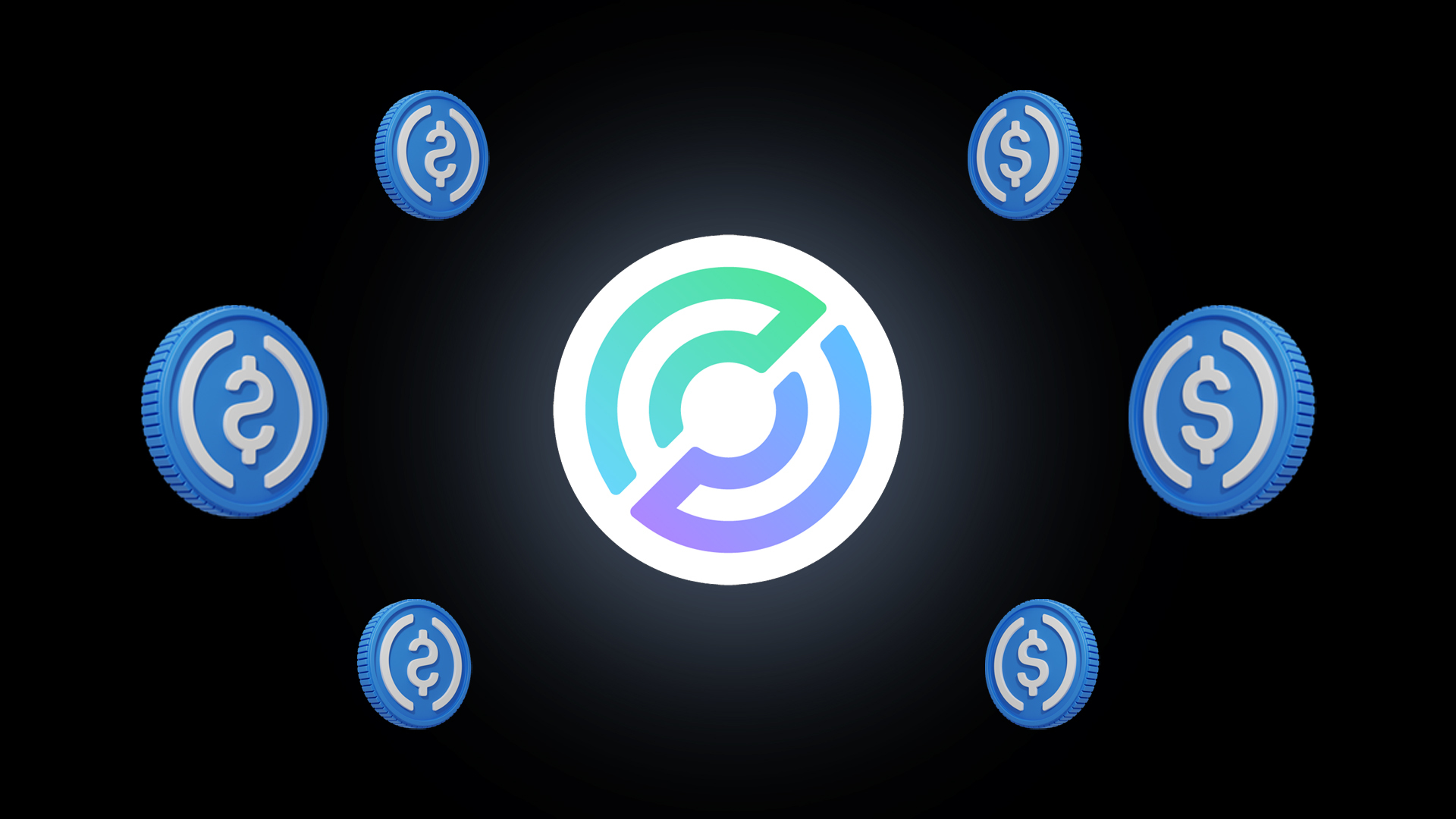Circle’s Market Cap Surges Past Its Own Stablecoin
24.06.2025 12:00 1 min. read Alexander Stefanov
Circle’s explosive entry into public markets has propelled its stock valuation beyond the supply value of its flagship stablecoin, USDC.
Just 12 trading days after its IPO, shares of Circle have skyrocketed over 700%, lifting its market capitalization to approximately $62 billion—eclipsing the $60 billion circulating value of USDC.
The offering, initially priced at $31 per share, stunned markets with a record-breaking debut, rising over 160% on its first day. Since then, momentum has continued as investor interest accelerated, fueled by optimism surrounding the stablecoin sector and favorable U.S. regulatory developments.
Analysts attribute part of Circle’s rally to the recent Senate approval of the GENIUS Act, a bill aimed at providing legal clarity for stablecoins. The legislation still awaits a House vote, but political signals suggest the bill is likely to pass, especially with Donald Trump indicating support.
Circle’s fast-climbing valuation has reignited comparisons with peers. Legal analyst John Deaton speculated that if Circle maintains this trajectory, other firms like Ripple—holding billions in crypto reserves—could follow a similar path toward a $100 billion valuation.
While USDC remains central to Circle’s operations, the company’s public listing has opened a new chapter—one where the firm itself, not just its token, commands the spotlight.
-
1
SoFi Returns to Crypto with Trading, Staking, and Blockchain Transfers
27.06.2025 8:00 1 min. read -
2
GENIUS Act Could Reshape Legal Battle over TerraUSD and LUNA Tokens
30.06.2025 9:00 1 min. read -
3
Whales Buy the Dip as Retail Panics: This Week in Crypto
29.06.2025 14:00 3 min. read -
4
History Shows War Panic Selling Hurts Crypto Traders
28.06.2025 18:30 3 min. read -
5
Ripple Faces Legal Setback as Court Rejects Bid to Ease Penalties
26.06.2025 16:54 1 min. read
PayPal Expands PYUSD to Arbitrum in Latest Blockchain Push
PayPal has expanded its stablecoin, PayPal USD (PYUSD), to the Arbitrum network, marking a key step in its strategy to integrate with faster, more cost-efficient blockchain infrastructure.
Citigroup Explores Launching Stablecoin as Banks Embrace Crypto Shift
Citigroup is evaluating the potential launch of its own U.S. dollar-backed stablecoin, signaling a growing shift in sentiment among traditional financial institutions toward digital assets.
JPMorgan CEO Jamie Dimon Comments Stablecoins
JPMorgan Chase CEO Jamie Dimon remains skeptical of stablecoins—but says ignoring them isn’t an option for the world’s most powerful bank.
Crypto Cycles are Evolving: Analyst Explains Why Old Patterns no Longer Work
According to crypto analyst Atlas, the traditional four-year cycle that once defined Bitcoin and altcoin market behavior is now obsolete.
-
1
SoFi Returns to Crypto with Trading, Staking, and Blockchain Transfers
27.06.2025 8:00 1 min. read -
2
GENIUS Act Could Reshape Legal Battle over TerraUSD and LUNA Tokens
30.06.2025 9:00 1 min. read -
3
Whales Buy the Dip as Retail Panics: This Week in Crypto
29.06.2025 14:00 3 min. read -
4
History Shows War Panic Selling Hurts Crypto Traders
28.06.2025 18:30 3 min. read -
5
Ripple Faces Legal Setback as Court Rejects Bid to Ease Penalties
26.06.2025 16:54 1 min. read


